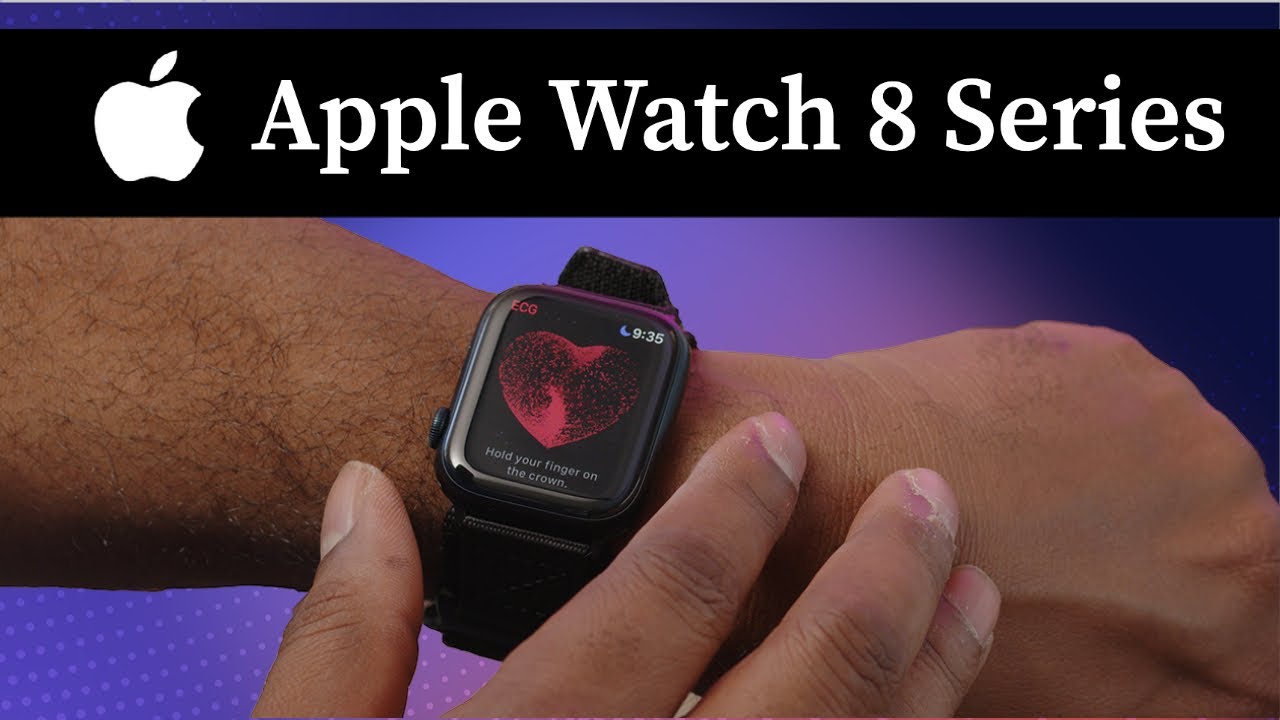Rich in purple beauty combined with peaceful vibration, Amethyst has always been of interest to fans of gemstones. No matter what you seek an Amethyst stone for – its metaphysical properties, style, or as something to add to your collection of crystals – you want to guarantee its authenticity. The sad thing is that the market is flooded with synthetics or altered ones that look like Amethyst.
To assist you in purchasing real Amethyst crystals, here is a step-by-step checklist to avoid being fooled.
What Are the Unique Characteristics of Genuine Amethyst?
1. The Signature Purple Color
It is the purple color of Amethyst that makes this stone the hallmark, from delicate lavender to rich violet. True Amethyst is characterized by the presence of inclusions, and subtle variations in hue, in which the stone shows natural zoning or banding of its lighter and darker shades.
Tip: Try to stay away from stones that are uniformly one-colored or fluorescently bright, as these are usually synthetic or dyed quartz.
2. Transparency and Clarity
There are natural Amethyst cabochons, semi-transparent to transparent, with some inclusions or tiny imperfections that characterize their particularity. Crystals that are completely flawless and glass-like are rare and can tell you it’s a lab creation.
Tip: For authenticity, look for minor inclusions, such as clarity, which are a sign of natural beauty.
How to Test Authenticity for Amethyst Gemstone
1. Hardness Test
Amethyst gemstones rank 7 on the Mohs scale of hardness, so they can resist scratches. To test this, one can scratch their crystal with something harder (such as tungsten carbide) or some substance of lower hardness to test the material. Real Amethyst won’t be harmed while Opal Gemstone may show slight abrasions due to its lower hardness.
Warning: If the stone is of sentimental value, be careful not to over-scratch, it to avoid damage.
2. Heat Sensitivity
Amethyst stones will be ruined by very high heat, altering their color. Though genuine Amethyst can fade or turn yellow, resembling citrine, when exposed to heat. If you get a reaction, it isn’t made of fake stones, especially not fake glass ones.
Tip: This test is effective but you want to leave it to the professionals to not damage your crystal.
3. UV Light Test
A genuine Amethyst crystal may also show a faint glow or luminescence under ultraviolet (UV) light. This is because fake stones (dyed fake stones especially) may not exhibit this effect.
Spotting Some Common Imitations
1. Dyed Quartz
Dyed quartz is one of the most common Amethyst imitations. Quartz and Amethyst gemstones may be from the same mineral family, but dyed quartz does not have the naturally occurring banding and depth of color you’ll find in genuine Amethyst.
Tip: In an artificially colored stone, check the base for negative dye spots (concentrated dye spots), indicating additional coloring.
2. Glass Fakes
Amethyst glass imitations can mimic the look of Amethyst, but will usually not feel as heavy and will not have the cool-to-the-touch feeling of real crystals. They don’t have characteristic inclusions that are present in natural stones.
Tip: Tap the surface, and the glass will make a different sound than the authentic crystals.
3. Synthetic Amethyst
Chemically identical to natural Amethyst, lab-created Amethyst cabochons don’t have the imperfections or the natural energy of a mined stone. While they aren’t ‘fake,’ they are not considered natural gemstones.
Tip: Before you buy, always ask the seller if the stone is synthetic or natural.
How to Find a Reliable Seller
1. Research the Source
You should buy from reputable sellers so that your risk of buying fake Amethyst stones is less. Look for dealers who can tell you the provenance of the crystals they’re selling and who include certificates of authenticity.
All of the Amethyst crystals available are 100% authentic and sourced ethically, GemstonesForSale makes it easy to get your hands on high-quality ones. They are committed to quality and being transparent so you know you’re buying real, genuine gemstones.
2. Check Customer Reviews
Reviews and testimonials can be a valuable resource for finding out a seller’s credibility when they go online. Seek out reliable signs of positive feedback, or red flags such as delayed shipping, lack of communication, and doubt about the merchandise’s authenticity.
Conclusion:
Authentic Amethyst gemstones are treasures one cannot afford to miss out on if you’re a crystal lover, with aesthetic and spiritual value. By using this checklist, you will confidently be able to tell true Amethyst stones from fakes, and you can purchase something that resonates with you.
GemstonesForSale – best place to buy gemstones online is a reliable trust with a selection of high-quality, authentic Amethyst cabochons! Range through their offerings and find the piece that would lend the most to your collection.
